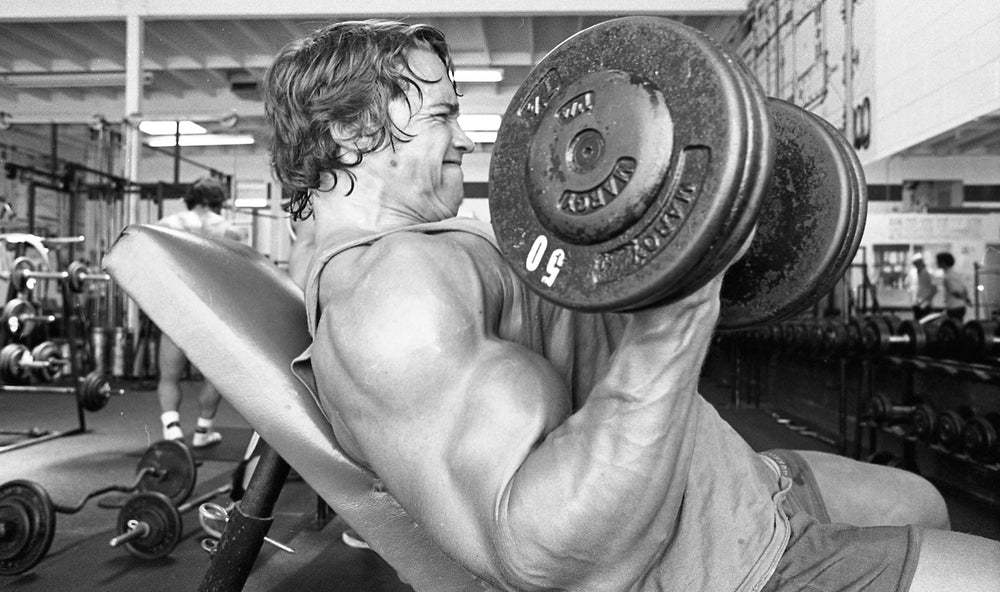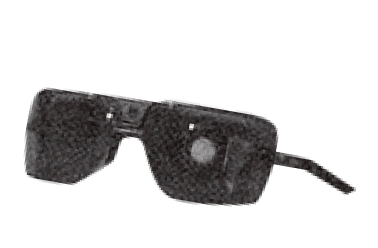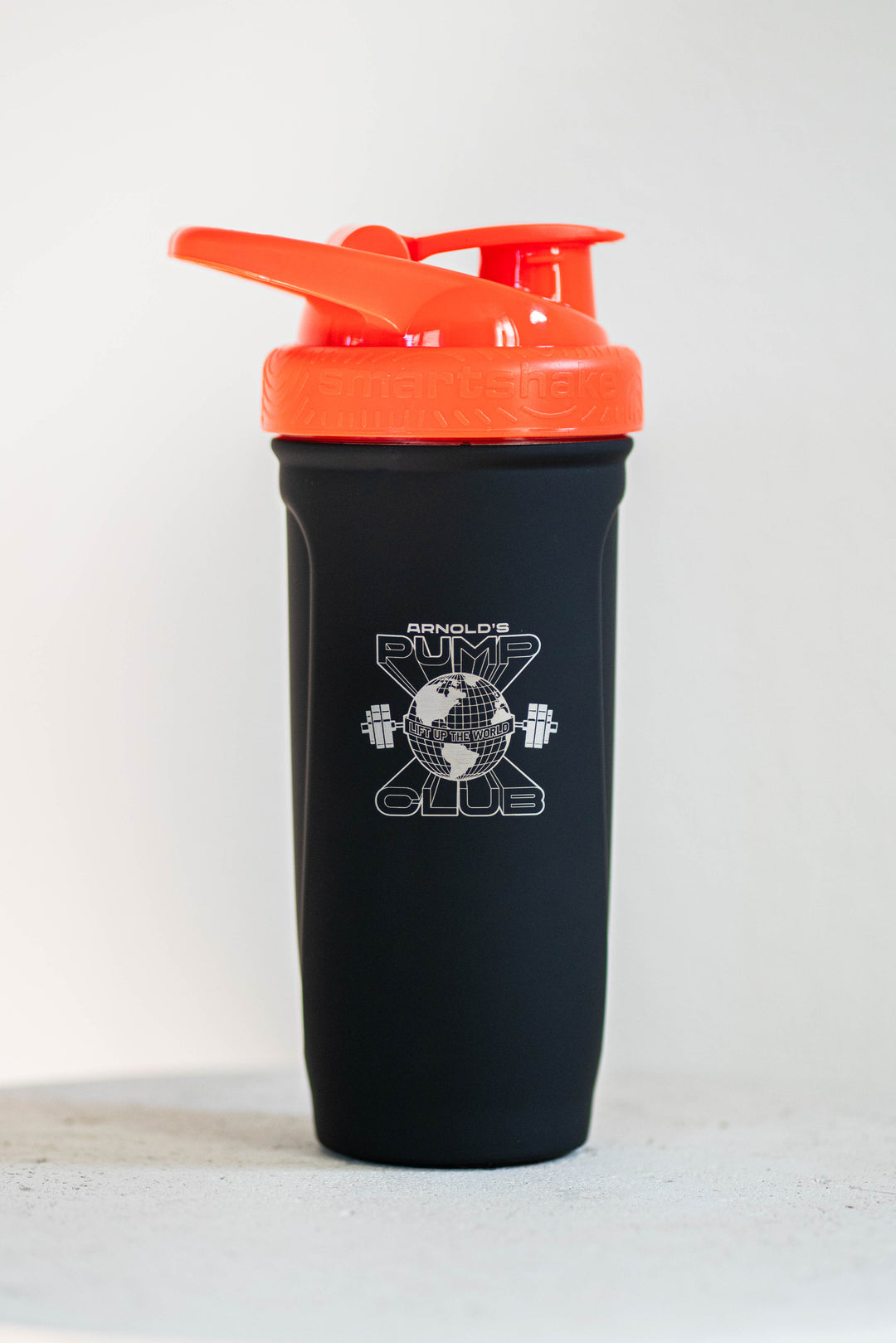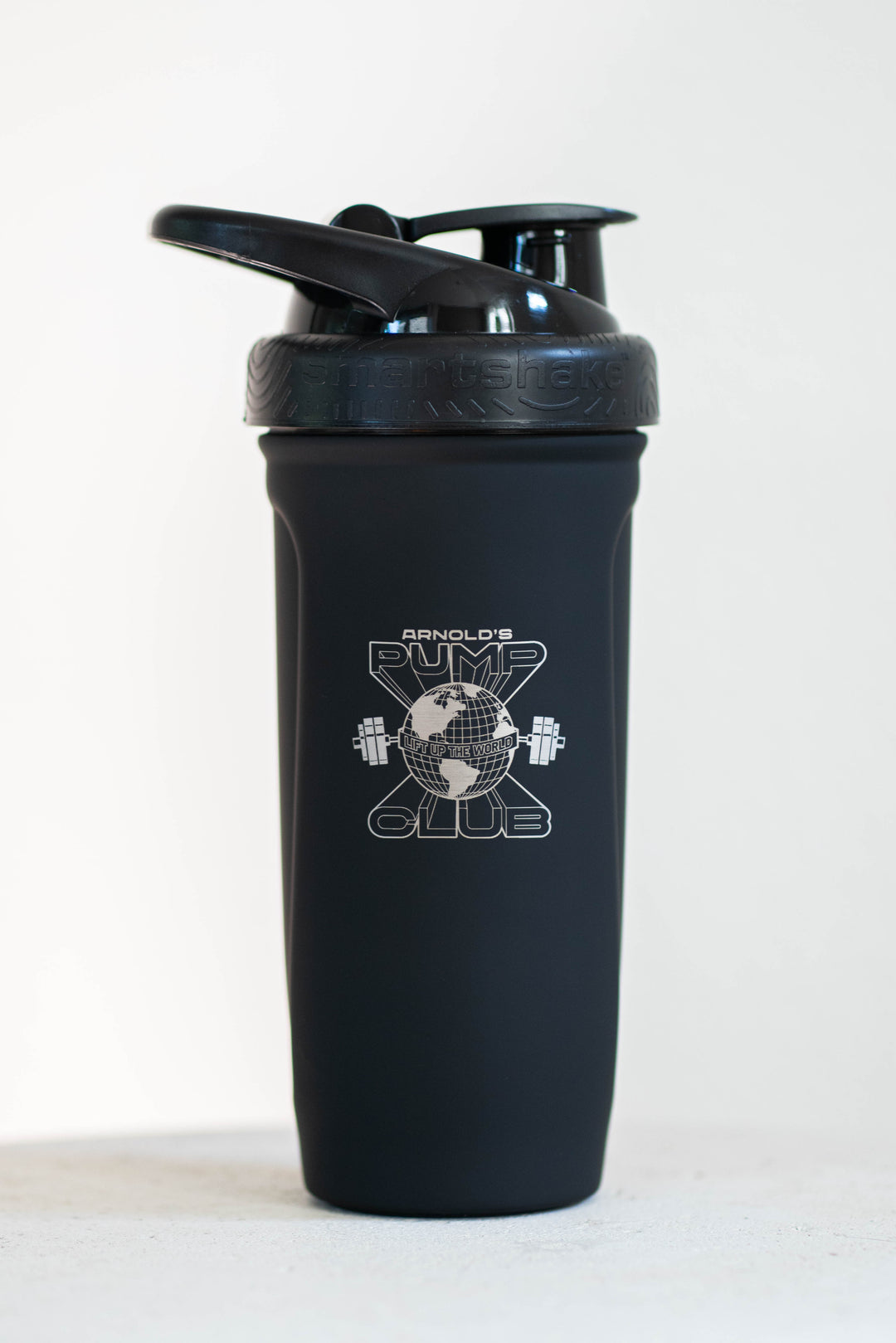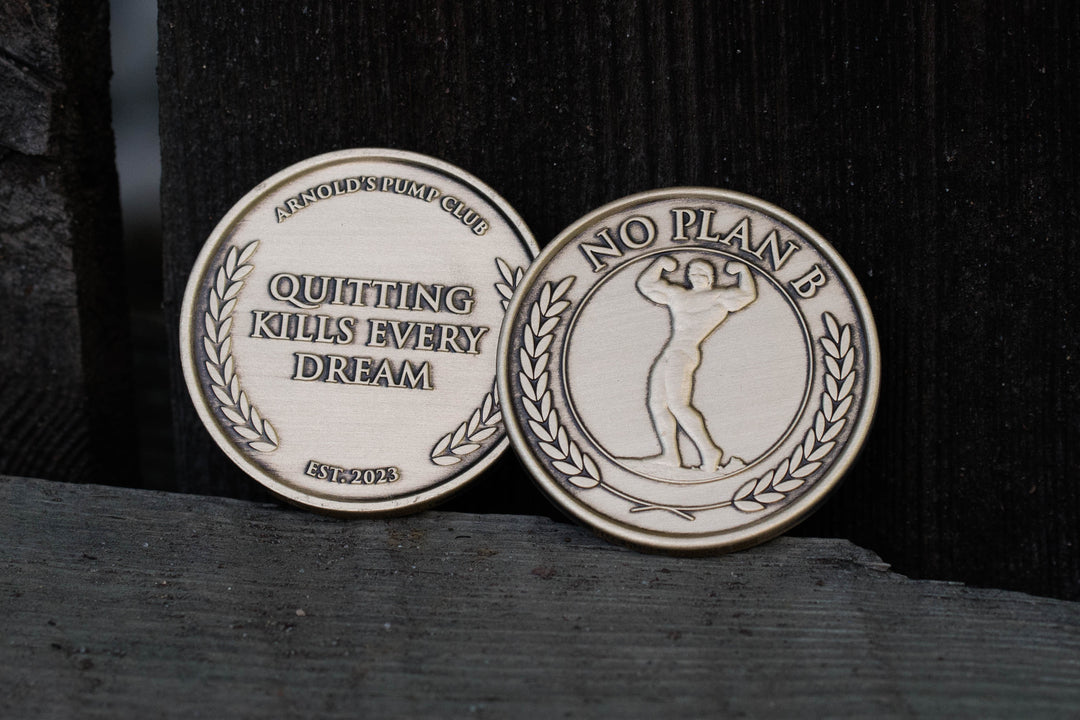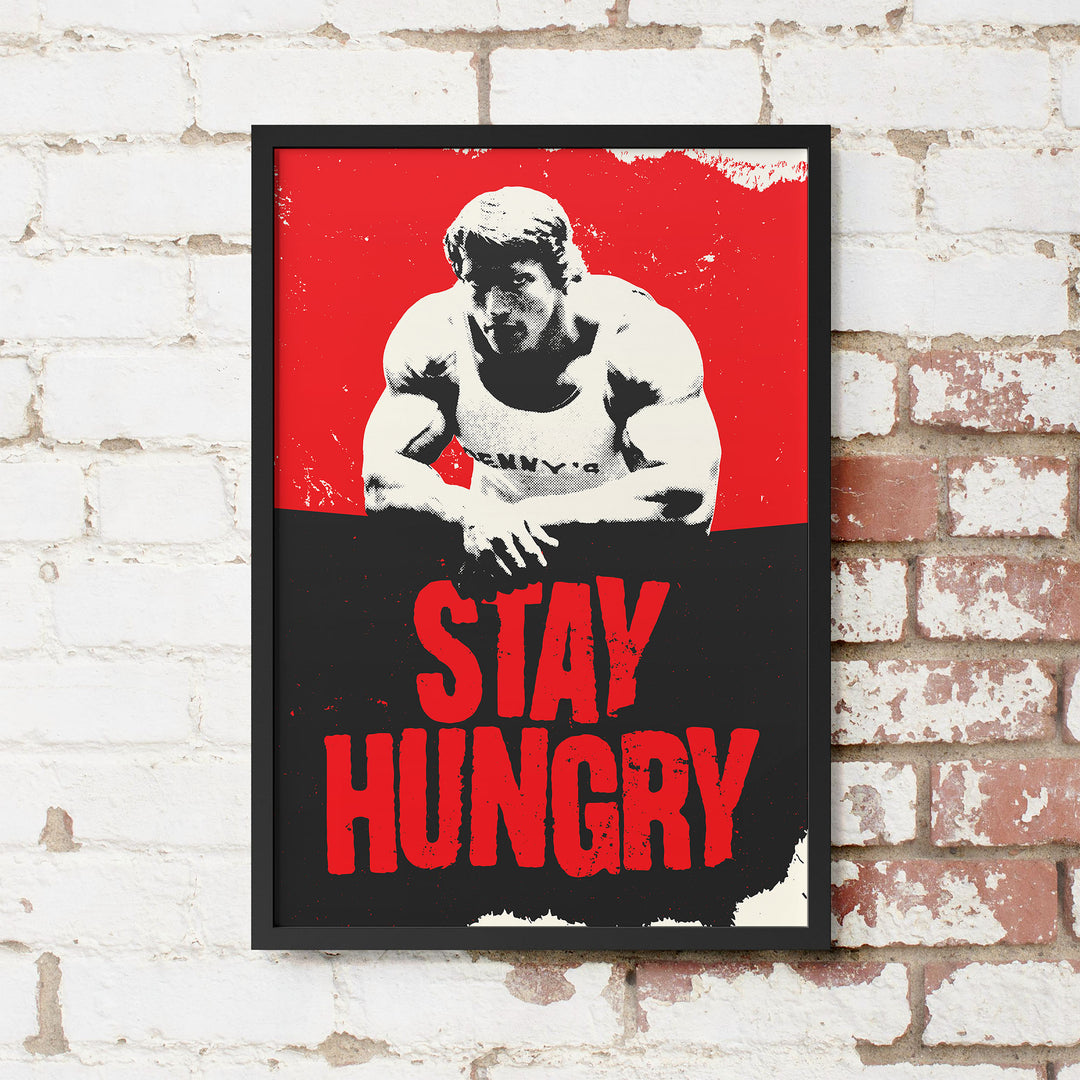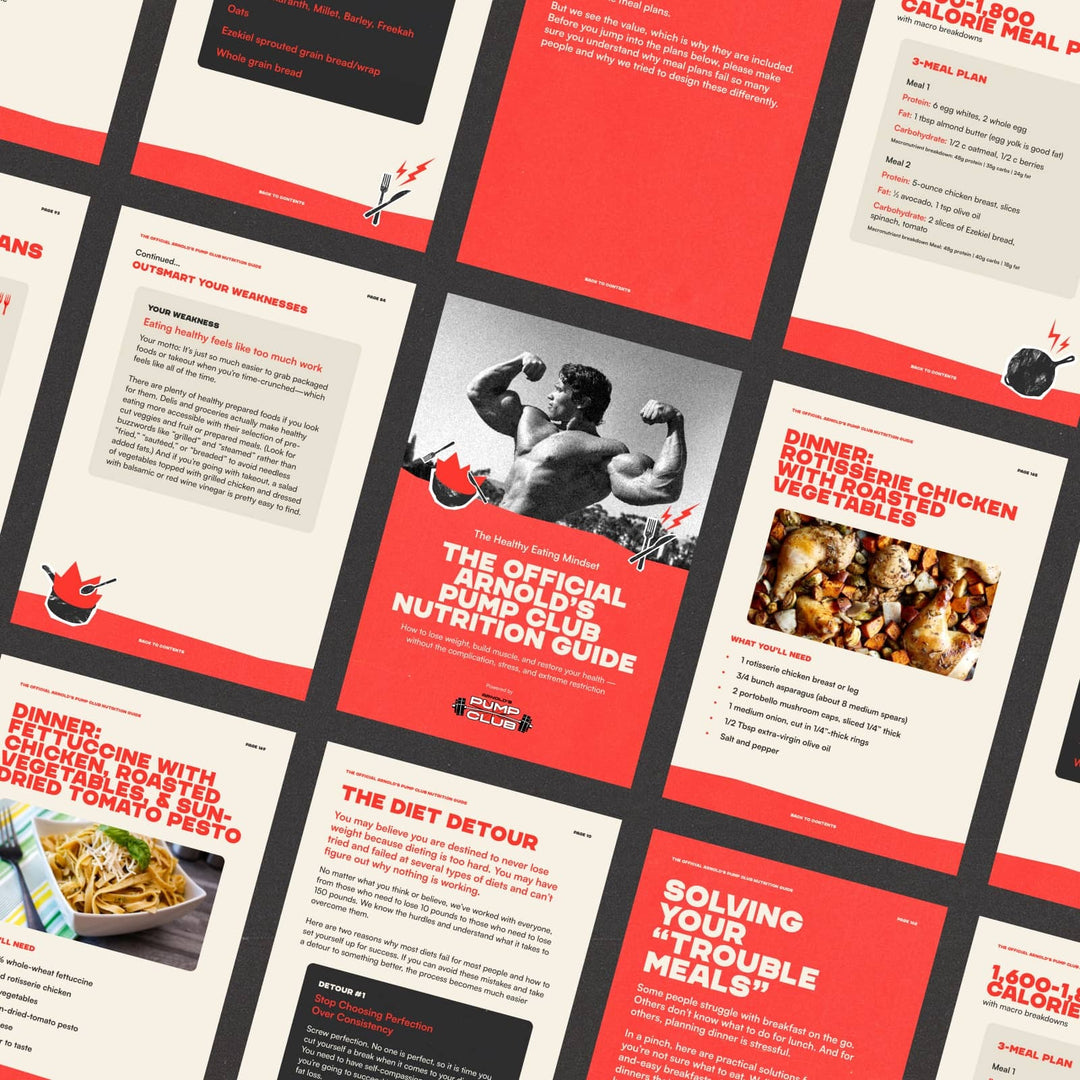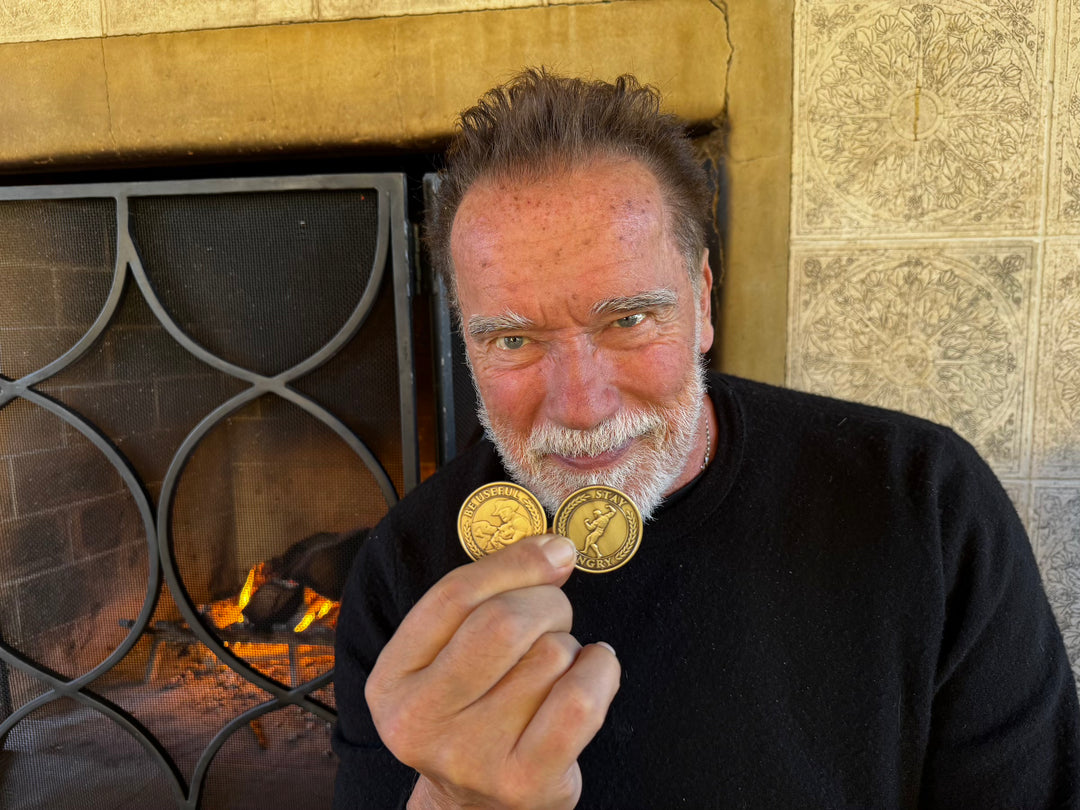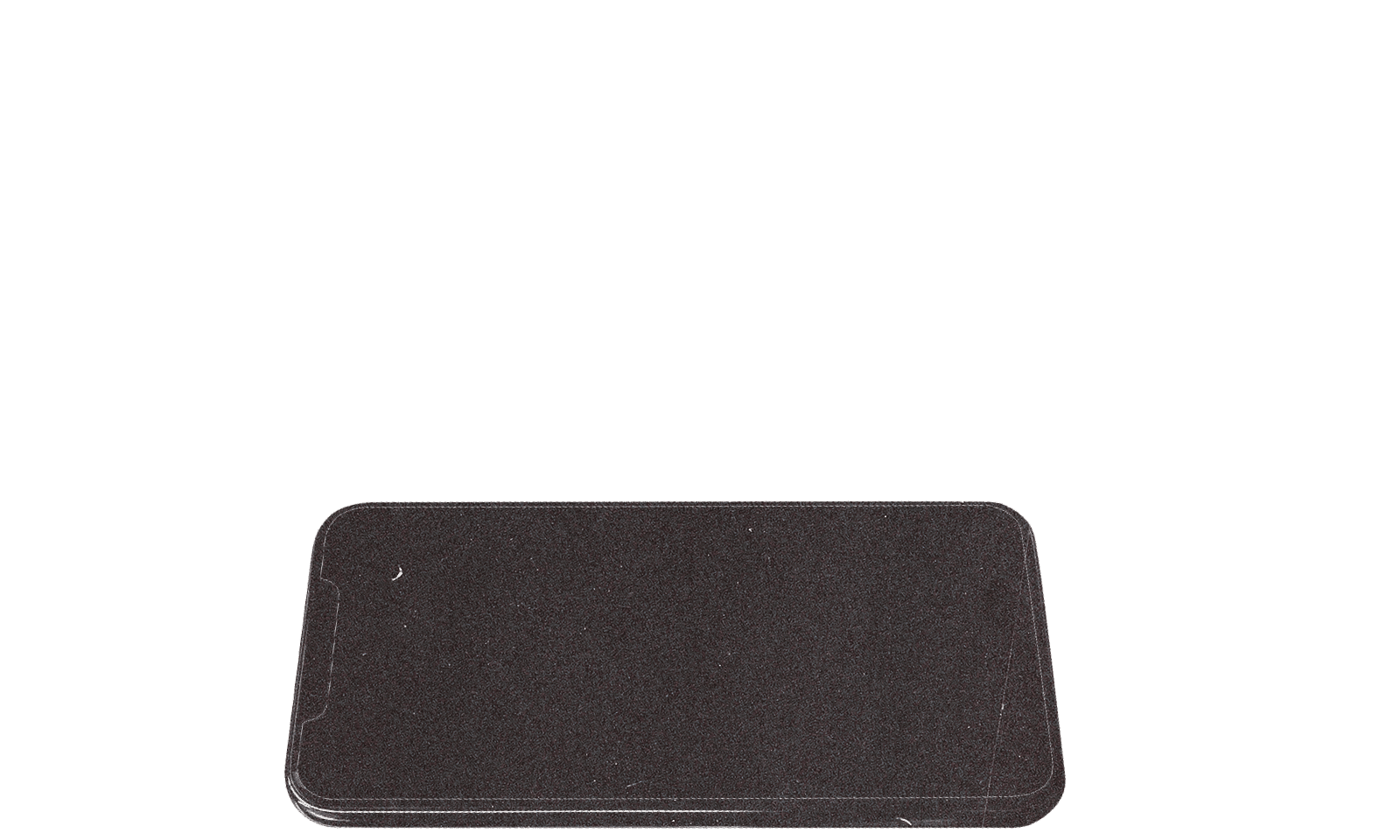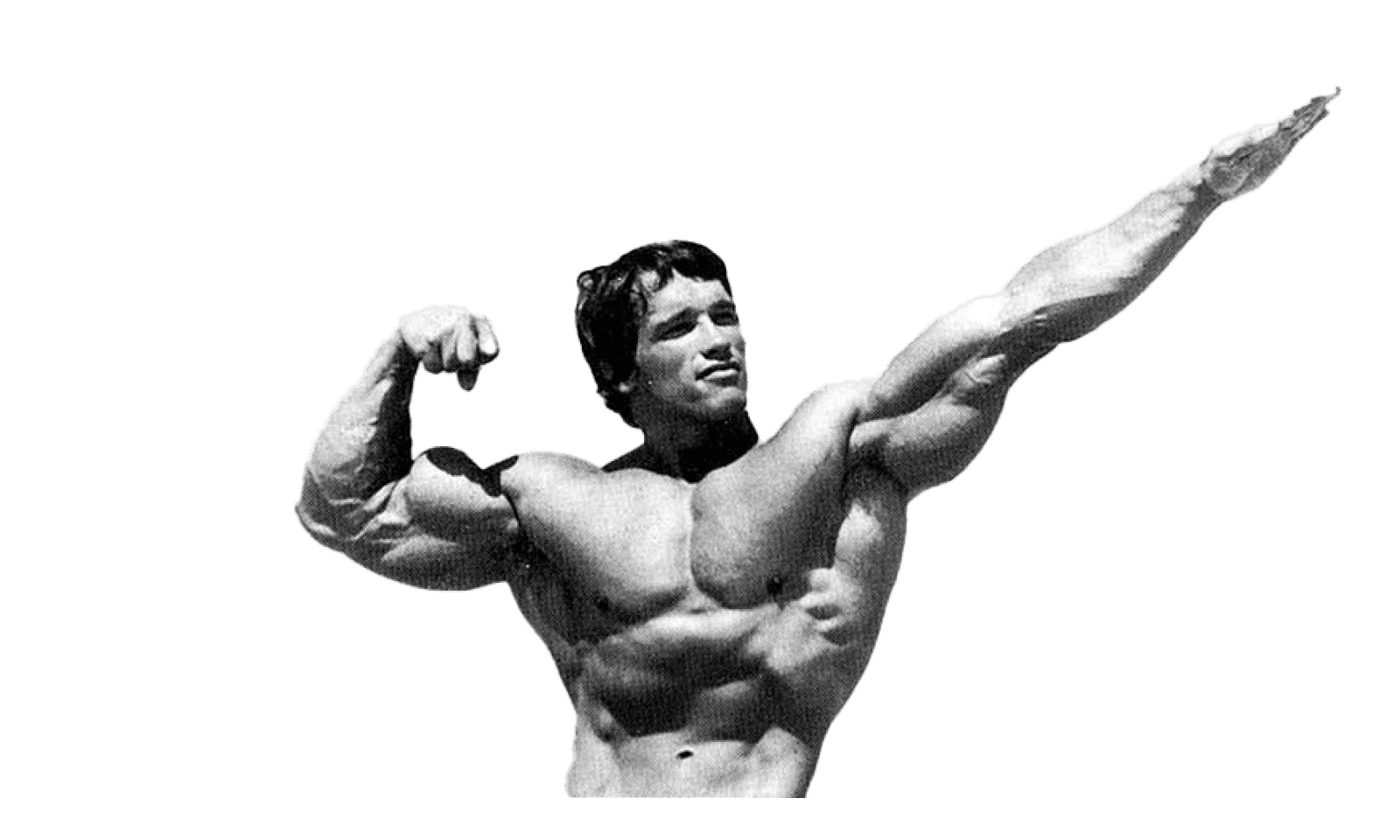Welcome to the positive corner of the internet. No one likes to feel tricked, especially about their health. That’s why every weekday, we make sense of the confusing world of wellness with quick tips designed to make you healthier in less than 5 minutes. If you were forwarded this message, you can get the free daily email here.
Today’s Health Upgrade
The 5-pound weight loss swap
Arnold’s go-to protein shake
Upgrade your sleep
Is the fat-burning zone real?
Arnold’s Podcast
Want more stories from Arnold? Every day, Arnold’s Pump Club Podcast opens with a story, perspective, and wisdom from Arnold that you won’t find in the newsletter. And, you’ll hear a recap of the day’s items. You can subscribe on Apple, Spotify, Google, or wherever you listen to podcasts.
The 5-Pound Weight Loss Swap
Could weight loss really be as simple as a meal swap?
Research suggests that substituting one meal with a protein shake could help you lose five extra pounds compared to regular dieting.
Scientists reviewed studies comparing people on a calorie-restricted diet to those who reduced calories and drank a meal replacement shake. On average, those who used protein shakes lost more weight and were more likely to keep it off after three months and one year.
Meal replacements aren’t magical, but they are effective because they prevent you from being your own worst enemy. Research shows that we typically underestimate how many calories we eat (by about 47 percent!) and overestimate how much we burn.
Whole-food meals do the trick, too, but we tend to be bad at preparing them or knowing what to eat. If you want to think less and have ready-to-eat meals, we recommend Trifecta. They offer high-protein meals that cater to your food preferences and can be ready in minutes. (If you try it, all members of The Village get 50% OFF. Use the code “Arnold” at checkout.)
We are critical of many supplements because the hype doesn’t match the science, but protein shakes and meal replacements are an exception. Research suggests they can help burn fat, reduce hunger, and support overall metabolic health.
If you want to see if this strategy works for you, take your most challenging meal of the day (usually breakfast or lunch) and swap it with a protein shake. We like using a high-quality protein powder, adding a handful of fruit, one spoonful of nut butter, and 8 oz of your beverage. Blend it, and enjoy!
Arnold’s Go-To Protein Shake
If you don’t want to think about what to put in your protein shake, follow Arnold’s lead. Here’s his go-to protein shake (Schnapp’s sold separately):
1-2 scoops of plant-protein powder
5g of Creatine
2 oz of Cherry juice
8 oz of Almond milk
1 Banana
1 whole egg (Yeah, he blends a raw egg. We’re not doctors, so consult with yours if you want to include this in your drink because we need to warn you about the risk of foodborne illness. But when you go, make sure you tell them Arnold sent you.)
Need Better Sleep? Start Here.
Yesterday, we shared the relationship between higher-quality sleep and living five years longer. We asked if you wanted a sleep guide, and an overwhelming 92 percent said yes. While we work on that, you might want to work on establishing a consistent bedtime.
Research suggests that a regular sleep schedule is linked to a 48 percent lower risk of all-cause mortality, 9 percent lower risk of cancer mortality, and more than 50 percent lower risk of cardiometabolic mortality.
If you want to be a better sleeper, focus on going to bed and waking up at the same time every day, including the weekends. It’s not just shutting down at different times. Research suggests that irregular sleep duration — resting longer some nights and less on other nights — might be hard on your body and lead to health issues.
You can help regulate your sleep-wake cycle by getting sunlight early in the day (this can help reset your internal clock and help you fall asleep earlier), limiting food about 2 to 3 hours before you sleep, cutting off drinking an hour before sleep (to prevent waking and going to the bathroom at night), and reducing stimulating activities before bedtime, such as using electronic devices. All of these make it harder to fall and stay asleep.
Is The Fat-Burning Zone Real?
“Zone 2” cardio has made a resurgence thanks to a few popular podcasts and social media. This type of cardio has several potential health benefits, but one myth has been confusing people.
Despite the claims, research suggests Zone 2 cardio will not help you lose more body fat compared to other forms of cardio.
There’s a good reason why people get confused. Zone 2 cardio — or exercise where you’re working at about 60 to 70 percent of your max heart rate — uses more fat (and fewer carbs) to fuel your exercise. That’s how it became known as the “fat-burning zone.”
But using fat for energy does not mean you’re burning more body fat or losing more weight.
The research compared different types of cardio and their impact on body composition (how much body fat you lose). They found that all different types of intensity can lead to body fat loss, depending on the total number of calories you burn in a workout.
In other words, calories burned still determine whether the number on the scale will change. Zone 2 cardio burns more energy from fat, but because it’s lower intensity, it burns fewer total calories. Higher-intensity cardio uses more energy from carbs but burns more total calories per minute.
If you want to do Zone 2 cardio, that’s great. There are many potential benefits. But if fat-burning is your goal, it requires more of your time. Or, you can do higher-intensity cardio and spend less time. Both work, but neither is superior for total fat loss.
—
Publisher: Arnold Schwarzenegger
Editors-in-chief: Adam Bornstein and Daniel Ketchell


